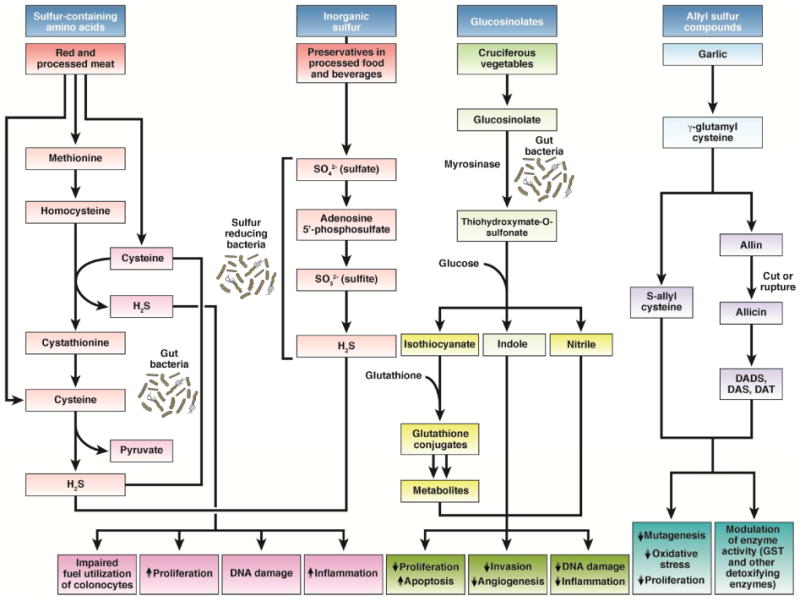Figure 4. Proposed mechanisms relating sulfur-containing foods to colorectal cancer.

Sulfur-containing amino acids and inorganic sulfur may have procarcinogenic properties, whereas glucosinolates and allyl sulfur compounds possess antineoplastic activities. Gut bacteria can ferment sulfur-containing amino acids to produce hydrogen sulfide (H2S). Gut sulfate-reducing bacteria can reduce inorganic sulfur in processed food and beverages to produce H2S. Several mechanisms that may mediate the pro-carcinogenic effects of H2S include: impaired fuel utilization of butyrate by colonocytes, increased cell proliferation, DNA damage, and inflammation. Cruciferous vegetables are rich in glucosinolates that can be metabolized by myrosinase-expressing gut bacteria to thiohydroxymate-O-sulfonate, which can be further converted to isothiocyanates, indole and nitrile. These metabolites and their downstream products have a wide diversity of anticarcinogenic effects. Allium vegetables have high levels of allyl sulfur compounds, mainly γ-glutamylcysteines, which can be converted to S-allylcysteine, or hydrolyzed and oxidized to form alliin. After processing, alliin decomposes to diallyl disulfide (DADS), diallyl sulfide (DAS), and diallyl trisulfide (DAT), which have been related to garlic's cancer-preventive effects.
